Do you have inactive WordPress plugins on your site?
WordPress is by far the largest content management system that powers around 30% of all websites on the Internet. But the platform alone could not be so successful without more than 55 thousand plugins that augment and enhance its functions.
Plugins serve a variety of different purposes in WordPress: from cybersecurity and theme design to search engine optimization and email marketing. All you need to do is choose and install a specific plugin, while WordPress automatically downloads the plugin file to your web hosting server. But there is a catch here.
Elizabeth Landry, a WordPress developer at UK Best Essays, explained it briefly: “WordPress evolves quickly and you will soon replace part of the plugins with their advanced versions. This leaves many webmasters confused, so they end up thinking whether inactive plugins slow down WordPress or not”.
In this post, we will show you how inactive WordPress plugins influence website performance and how to treat this issue as the webmaster.

The Truth behind Inactive WordPress Plugins
Before we proceed with an in-depth analysis of inactive plugins, we want to answer the big question immediately. So, what’s the deal with inactive WordPress tools? Do they hurt your website performance?
The shortest answer is: No, they don’t slow down your website.
Namely, WordPress is loading active plugins whenever a user is about to browse your website. But it doesn’t load inactive plugins as it is programmed to ignore them. This basically means you can have numerous inactive plugins and it still wouldn’t hurt the website performance.
WordPress does look for inactive plugins in the “Plugins” section, but it doesn’t load an entire tool but only the heather file. Therefore, if you notice that your site is running slower than usual, don’t think it’s a matter of plugins. On the contrary, you could be dealing with a variety of other issues that can seriously jeopardize performance, so try to detect and eliminate the problem.
Can Inactive WordPress Plugins Harm Your Site?
Although they don’t represent a direct threat to the website, inactive plugins can make damage in a few different ways. We will explain the most common issues caused by inactive WordPress tools:
- Malware attacks: Each file in your WordPress register can serve as the backdoor entry for malicious software. Since you don’t update inactive plugins, they may become vulnerable to hacker attacks and jeopardize the entire site.
- Notification overload: You receive all sorts of plugin-related information through admin panel. Even if you deactivate some plugins, you will keep receiving notifications on updates and other novelties. It’s not a big burden, but it does keep you distracted from the more important news.
- Admin confusion: As your business and website keep getting bigger, you will need help and introduce new admin profiles. They could face a lot of trouble in the beginning trying to figure out which plugins are temporarily down and which ones should be deleted permanently.
- Spamming: Most spammers exploit obsolete WordPress tools to spam websites and import ads on your pages.
- Hosting service issues: Hosting service providers don’t appreciate websites with too many inactive plugins. They consider it a safety threat and often turn on virus alarms to fend off potential attacks. It could harm your website by blocking the outbound port and interrupting website performance.
- Less room for active plugins: Although essentially harmless, disabled WordPress tools still occupy a lot of space on your hosting server. It can minimize operational resources for active plugins and slow down the website indirectly.
How to Treat Inactive WordPress Plugins?
With everything we’ve seen so far, the only question left is how to treat inactive plugins. WordPress offers you a couple of options here:
- Deactivate plugins: In case the plugin is obsolete but you expect it to recover and upgrade, you can deactivate the tool and then reactivate it later.
- Delete plugins: If you’ve found a new tool or learned that the plugin won’t be improved any time soon, you can delete it. However, bear in mind that you will have to reset all settings in case you change your mind and install the same plugin once again.
It is up to you to make a decision, but we believe there is no need to keep inactive tools alive just because you got used to them and hope for the recent recovery.
Conclusion – Inactive WordPress Plugins
WordPress is the most popular content management system that powers almost a third of all websites. Thousands of plugins make WordPress alive and kicking, but they often end up being obsolete and inactive.
In this post, we revealed the truth behind inactive WordPress plugins and how to treat these tools. Do you often delete inactive plugins? Or you keep them deactivated? Feel free to share your experiences with us in comments and we’ll be glad to discuss it with you!







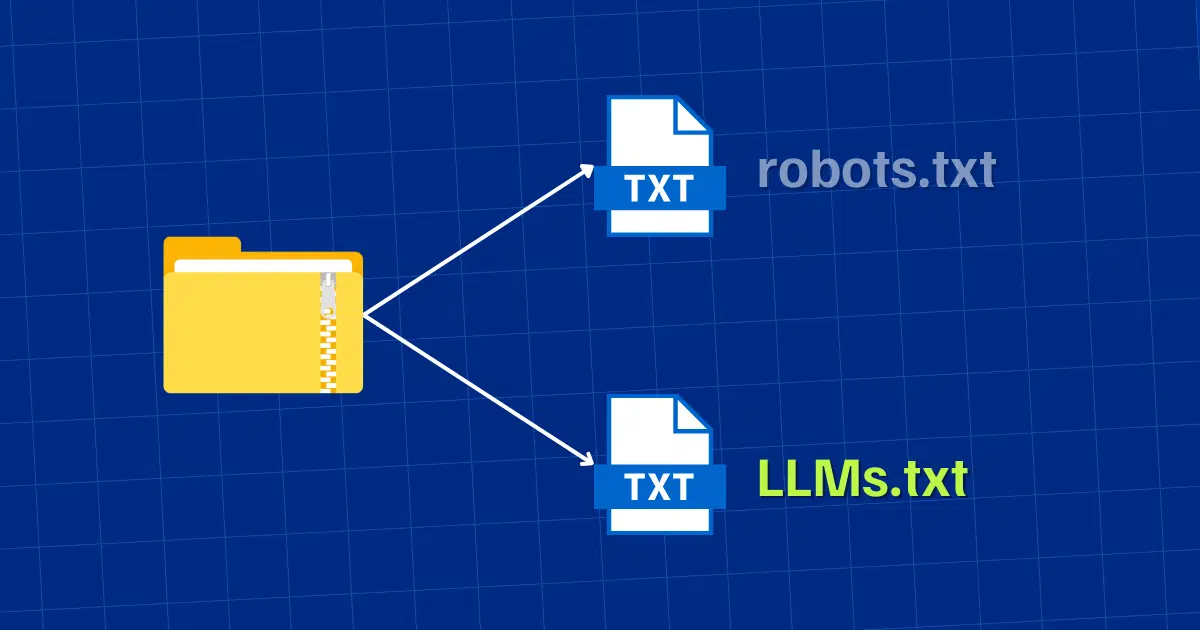
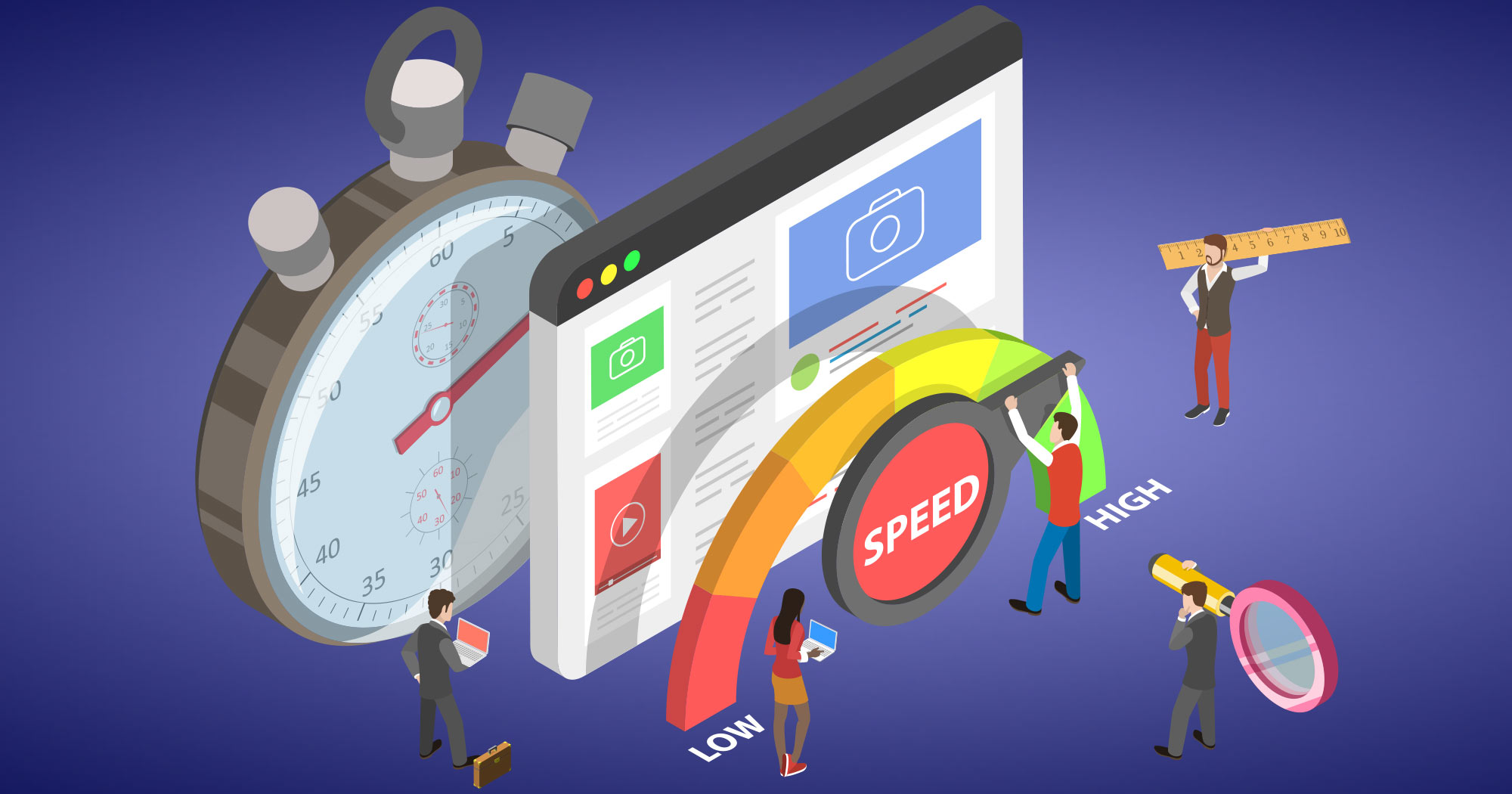
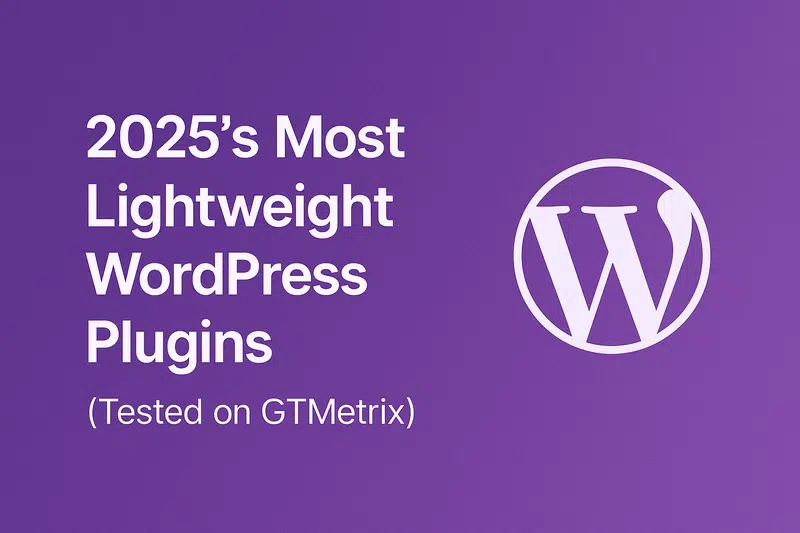
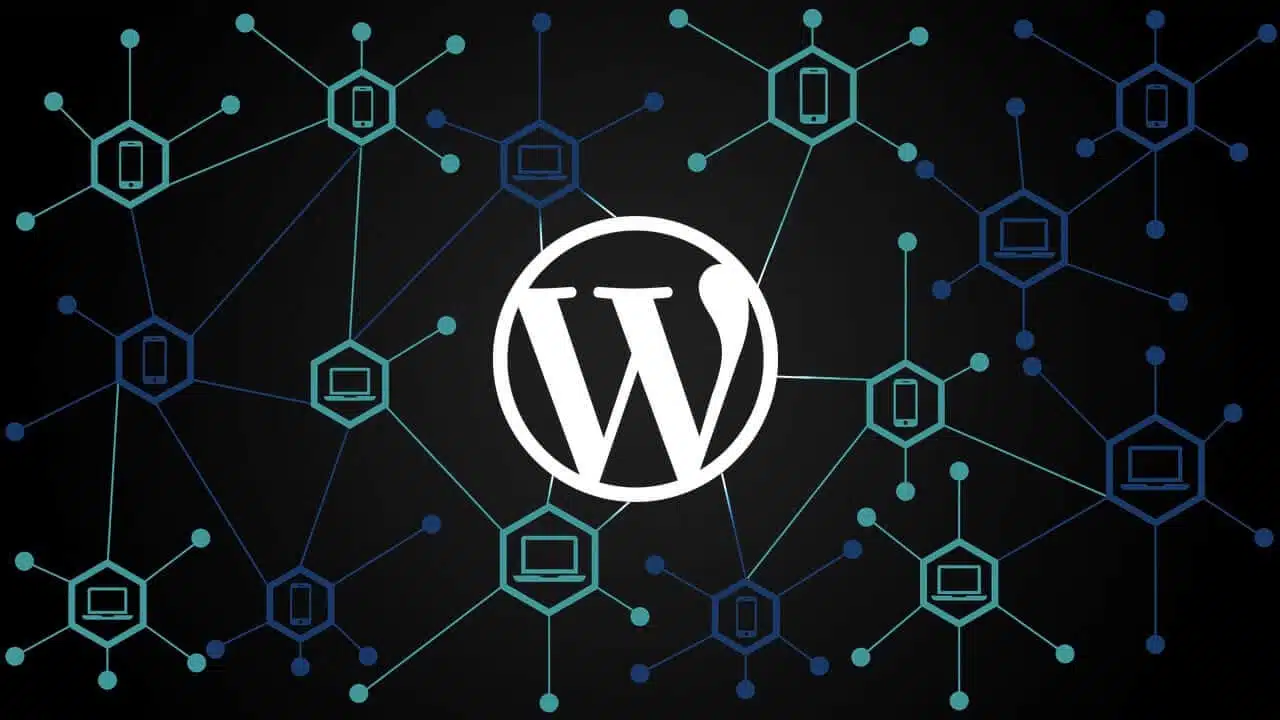

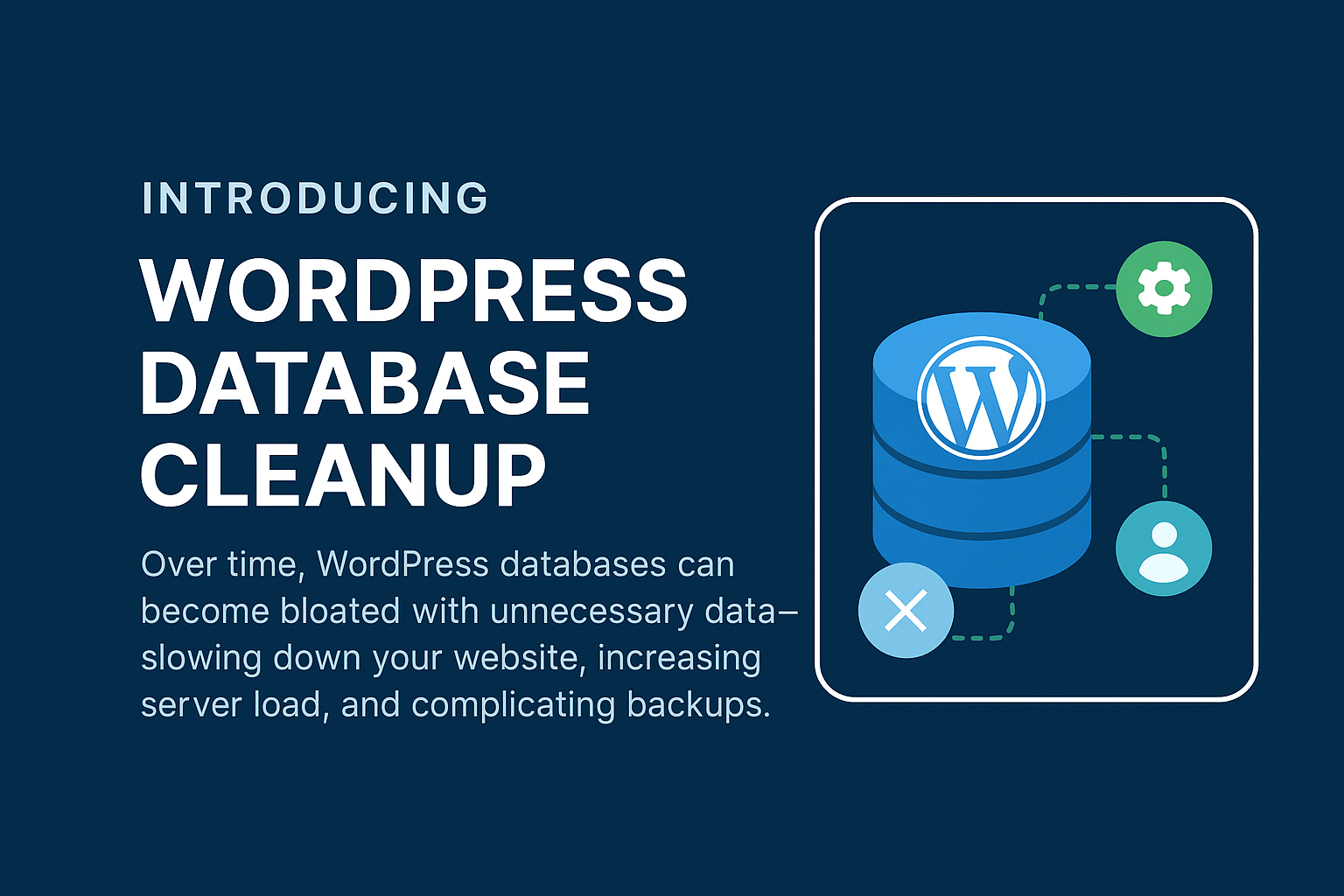



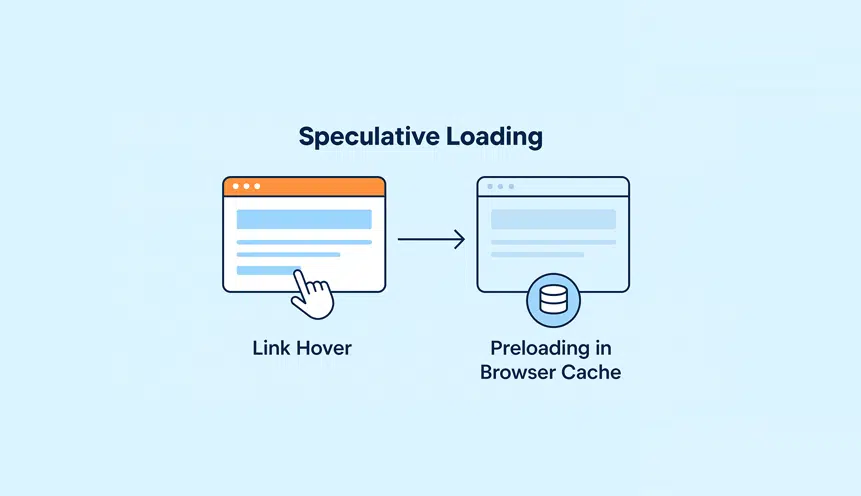

Good advice, especially the part about a backdoor to scammers.
Thanks for the kind words.